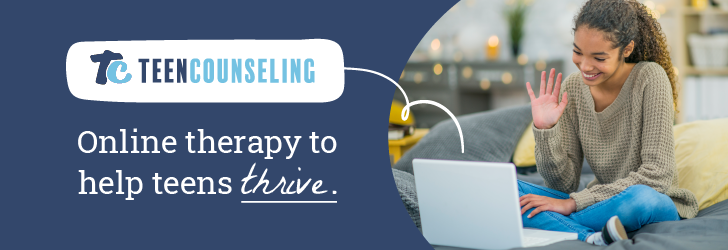Full Disclosure: Clicking on these links could mean a tiny commission for me, at no extra cost to you.
Kids with social anxiety is on the rise. According to one report, in 2011, around 11.6% had anxiety. In 2022, that number was 20.5%. The rise has been fueled by the stressors of our modern world. This rise means more care is needed, including more psychologists, nurses, social workers, doctors, and psychiatrists. Thankfully, for those who feel a call to action, there are so many courses, like an online ABSN program, that can jump-start the process, and the more of these people that can specialize in the treatment of children, the better.
Supporting Kids With Social Anxiety

The anxiety our kids face is often very different from that of their predecessors; there is evidence to argue that social media has changed how young people interact. That kids are learning fewer emotional skills and meeting key milestones later in life. Parents give unrealistic praise, and the classical family is dissipating. Luckily for those looking to help, there are a range of tools with which even a little knowledge and training can make a big difference.
Before we begin, it is important to note that medication can and is used as a treatment for kids with social anxiety. If you are not qualified to prescribe and believe it could help the patient, then consult your peers. As a second note, I have not included Cognitive Behavioral Therapy as a category unto itself due to the broad nature of the practice. Instead, I have included techniques that CBT encompasses.
1. Psychoeducation
Before treating a child, it can be incredibly helpful to inform the child and their parent about anxiety, its sources, and functions. Providing thorough information about social anxiety and its common patterns can allow individuals to gain insight into their own anxiety, understand where it comes from, and realize they are not alone. This approach promotes a positive and trusting relationship with the therapist, especially for the curious children out there who seek to understand what exactly is going on.
2. Separation of the self
It is important to remind patients that the self is not defined by the diagnosis, and one cannot let the diagnosis define the self. People are more than the total sum of their diagnosable conditions and should always be treated as such. Children should be encouraged to differentiate themselves from their anxiety. Practitioners can show their younger patients the behaviors that anxiety is producing, thus defining the specific parts of one that relate to anxiety and separating anxiety-related patterns from other patterns.
3. Exposure therapy
This technique is broadly used to help people confront and eventually overcome their anxiety and fears. According to the American Psychological Association (APA) guidelines, there are four main forms of exposure with different merits depending on the client’s needs:
- In vivo – where the patient directly faces there in the flesh.
- Imaginal exposure – where the patient is asked to vividly imagine the anxiety-inducing situation or activity.
- Virtual reality (VR) exposure is a new technique where VR headsets are used to simulate challenging behavior, i.e., someone with a fear of flying could take a simulated flight.
- The final form of exposure therapy is interoceptive – where controlled exposure to physical sensations is used to reduce fear responses.
Exposure therapy can be applied in different ways; for children with social anxiety, practitioners should use a gradual and collaborative approach. Strategies should include planned confrontation of fears in situations where avoidance is difficult, like a gradual exposure to social interaction in a safe environment. Therapists generally work with families to craft personalized plans by identifying the optimal challenge level and adjusting it over time. Good exposure therapy builds resilience and coping skills, empowering children to navigate the daily challenges of social interaction with increasing confidence.
4. Health
The beneficial effects of regular physical activity on health and anxiety are indisputable. A meta-analysis of 11 studies found that physical exercise significantly reduces levels of stress and anxiety. This strategy may also be the simplest for clinicians to prescribe – encourage your patients to exercise as much as they are able to, ideally with some activity in a social environment such as team sports.
The second aspect of health, of course, is diet. In treating children with anxiety, dietary choices play a crucial role. A nutrient-rich diet that supports proper brain function is paramount. Avoiding processed foods can mitigate inflammation and improve energy levels. Educating parents and incorporating dietary interventions into treatment strategies contribute to the physical and mental well-being of anxious children.
Advertisement

Making change
These techniques are merely a few of the many methods used to treat kids with social anxiety. As social stressors evolve, clinicians, educators, and parents play crucial roles in equipping children with coping skills. The emphasis on specialized care for children remains paramount. By fostering a collaborative and informed environment, we can empower the younger generation to navigate the complexities of social anxiety with resilience and confidence.








